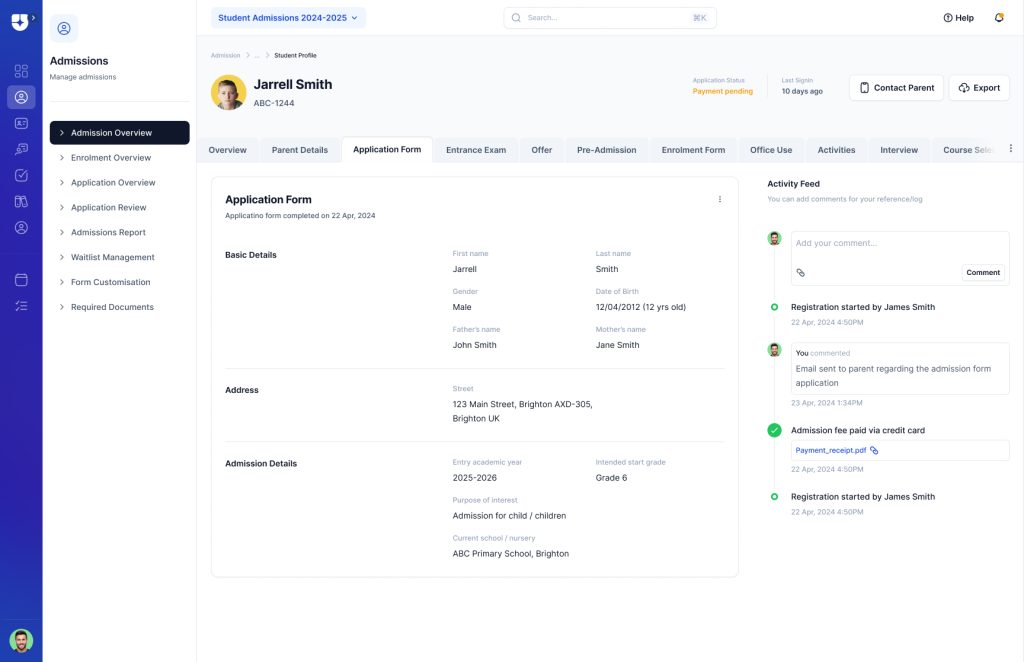Introduction
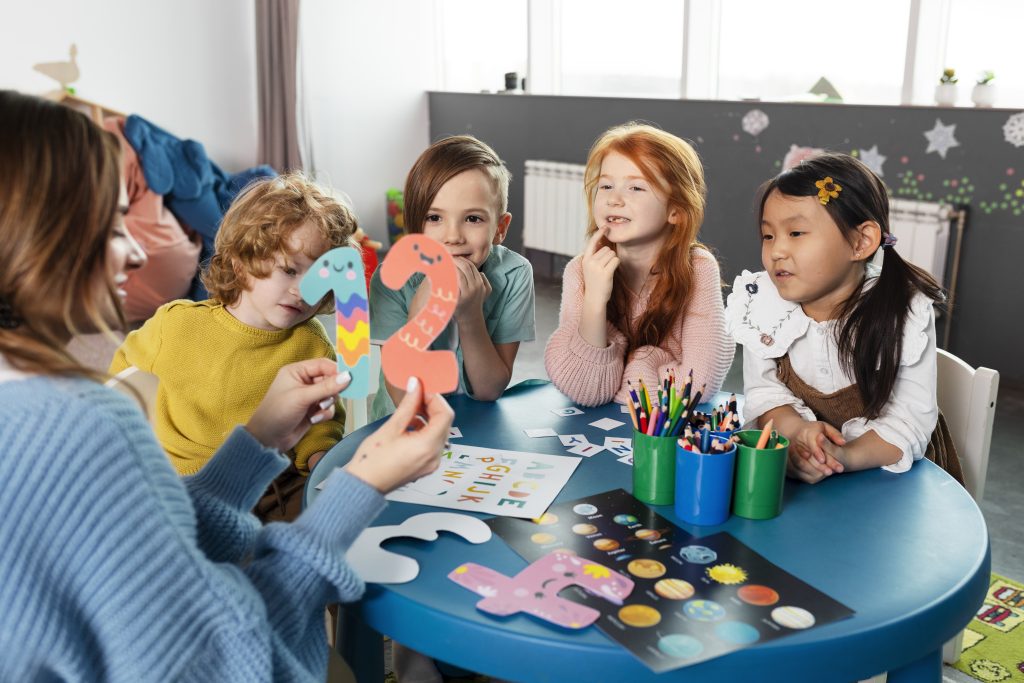
Gamifying education is rapidly gaining traction as a transformative approach in classrooms across the globe. In the evolving landscape of education, gamification has emerged as a powerful strategy to enhance student engagement and learning outcomes. By integrating game-like elements—such as points, badges, and leaderboards—into educational settings, educators aim to foster motivation and active participation among students.
Recent studies underscore the efficacy of gamifying educational contexts. A meta-analysis examining 15 studies published between 2018 and 2022 found that gamification significantly improved students’ learning achievements across various disciplines . Similarly, a study focusing on a statistics classroom reported that the implementation of gamified strategies led to heightened student engagement and motivation.
Furthermore, research indicates that gamification can positively influence students’ study behaviours. For instance, a study exploring the impact of gamification on students’ study engagement found that incorporating game elements into the learning process enhanced students’ enjoyment and self-efficacy, thereby promoting sustained engagement.
These findings highlight the potential of gamification to revolutionise traditional teaching methods by creating more interactive and engaging learning environments. As educators seek innovative strategies to captivate students’ attention and foster deeper learning, gamifyication offers a promising avenue worth exploring.
What is Gamification in Education?

Gamification in education refers to the application of game design elements, such as points, badges, leaderboards, levels, and challenges, within non-game contexts like classroom instruction. Its objective is not to turn lessons into video games, but to utilise the psychological triggers that games exploit – such as competition, achievement, and instant feedback – to inspire more active learning behaviours.
Whether it’s earning a badge for completing a challenging maths puzzle or levelling up after acing a science quiz, the connection between gamification and education turns the learning process into a more dynamic, goal-oriented journey.
Why Gamification Works: The Psychology Behind It
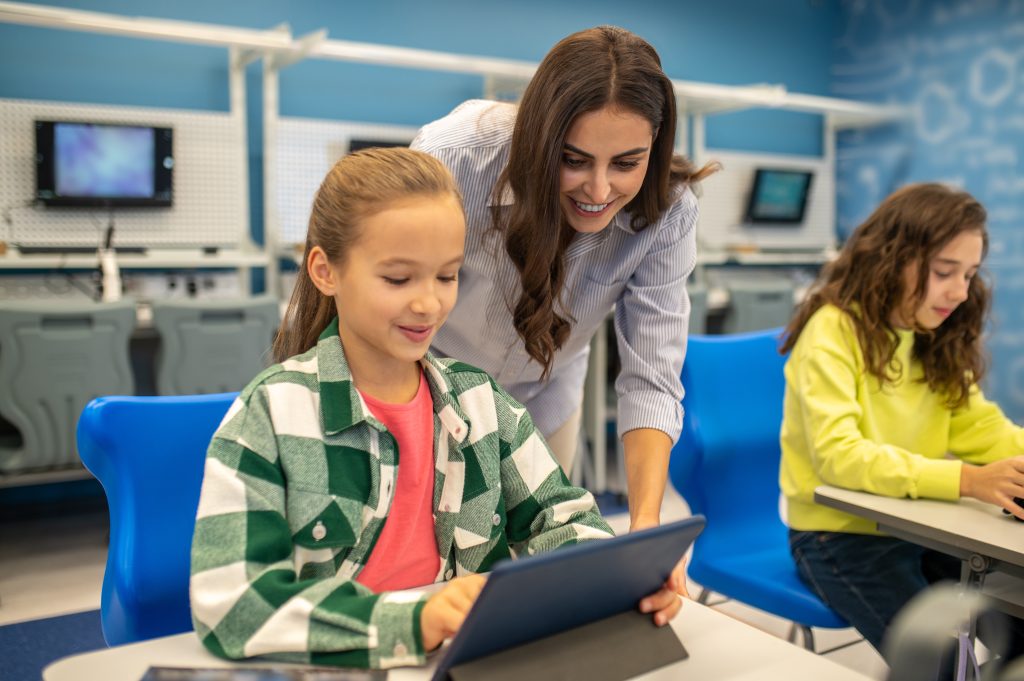
Gamification taps into some of the most powerful motivational theories in psychology:
- • Self-Determination Theory (SDT):
This theory emphasises autonomy, competence, and relatedness as fundamental psychological needs. Gamification satisfies these through student choice, manageable challenges, and collaborative elements. - • Flow Theory:
Coined by psychologist Mihaly Csikszentmihalyi, the concept of “flow” describes a mental state of deep immersion in an activity. Well-designed gamified lessons can induce flow by matching skill levels to challenges, providing clear goals, and offering immediate feedback. - • Behaviourism: Rewards and positive reinforcement are central to behaviourist theory. When students receive points or recognition for correct answers or positive behaviour, they are more likely to repeat those actions.
These intrinsic and extrinsic motivational cues help sustain engagement far more effectively than traditional teaching methods alone.
Benefits of Gamification in Schools
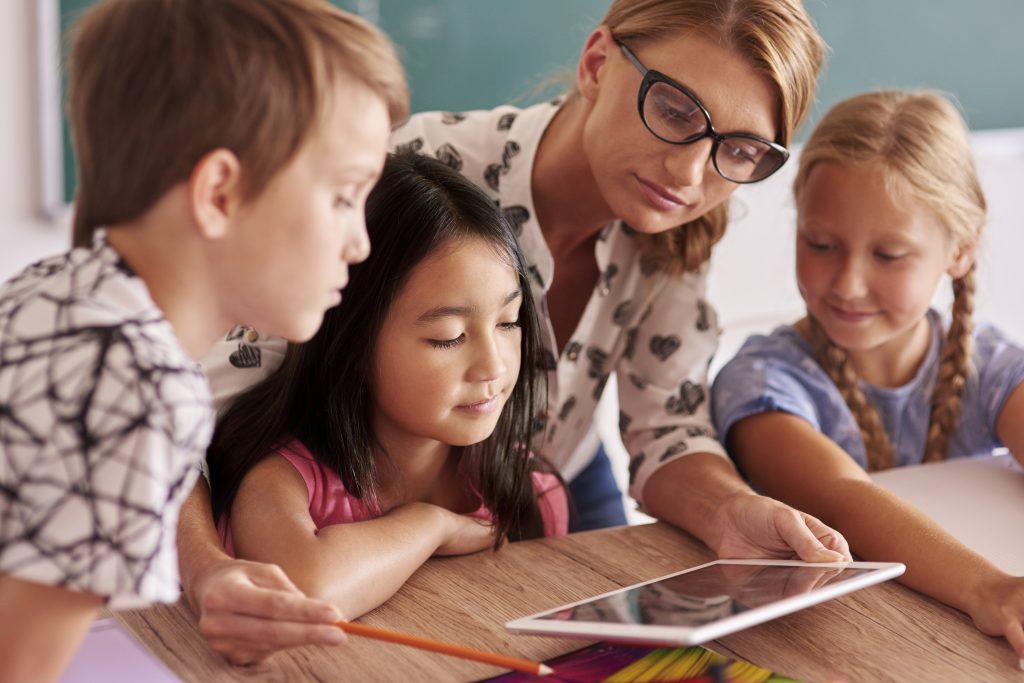
- 1. Enhanced Student Engagement:
Gamification injects excitement and energy into the classroom. It appeals to students’ natural desire to play and achieve, keeping them focused and enthusiastic even about traditionally dry subjects. - 2. Improved Knowledge Retention:
Interactive, goal-based learning leads to better memory recall. When students are emotionally and mentally invested in the content, they’re more likely to retain it over the long term. - 3. Fosters a Growth Mindset:
By allowing students to fail safely and try again, gamification teaches resilience. Learners understand that failure is a step towards mastery, encouraging a growth-oriented perspective rather than fear of getting it wrong. - 4. Encourages Collaboration and Social Learning:
Team-based challenges and competitive tasks can promote social interaction, communication skills, and peer learning – essential elements for holistic education. - 5. Real-Time Feedback and Personalised Learning:
Gamified systems often include real-time progress tracking, enabling teachers to tailor instruction based on individual performance. Students can also monitor their own progress and adjust efforts accordingly.
Examples of Gamification in Action
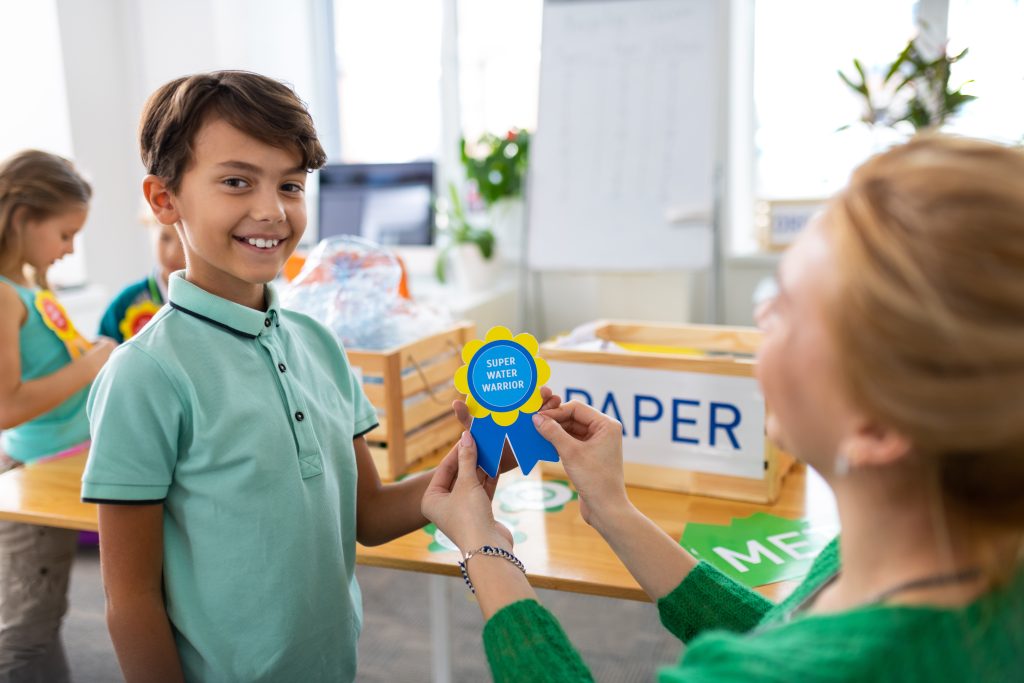
- • Classroom Quests
Transforming lessons into story-driven adventures where each assignment is a “quest” can make mundane tasks feel exciting. For instance, a history lesson might involve students role-playing as archaeologists uncovering ancient civilisations. - • Point Systems and Badges
Simple systems where students earn points for attendance, homework completion, or participation can boost engagement. Digital badges for achievements can serve as visible markers of progress and pride. - • Gamified Assessments
Using platforms like Kahoot!, Quizizz, or custom-made games for students, educators can conduct assessments in a game-show format, turning evaluation into an enjoyable activity. - • Leveling Up
Designing tiered assignments where students ‘level up’ as they complete increasingly complex tasks helps create a sense of progression and mastery.
Challenges and Considerations
Despite its many advantages, gamified education is not without challenges:
- • Overemphasis on Competition:
Too much focus on leaderboards can alienate struggling students. It’s important to strike a balance and ensure the game mechanics support collaboration and individual growth. - • Time and Resource Intensive:
Designing effective gamified lessons requires creativity, time, and sometimes access to digital tools. Not all schools or teachers have equal resources. - • Not One-Size-Fits-All: Different students are motivated by different things. While some may thrive in a gamified setting, others may find it distracting or unappealing.
- • Risk of Superficial Learning:
If poorly designed, gamified lessons can lead to surface-level understanding. It’s crucial that game elements serve pedagogical goals, not overshadow them.
How To Implement Gamification in Schools
- 1. Start Small:
Begin with a single subject or unit before scaling up. This allows room for experimentation and refinement. - 2. Align with Learning Objectives:
Every game element should have a clear connection to academic goals. Avoid gamifying for the sake of novelty. - 3. Focus on Inclusivity:
Design experiences that support all learners, including those who may be less competitive or more introverted. - 4. Gather Feedback:
Use student insights to improve the system. Ask what they enjoy, what motivates them, and what they find challenging. - 5. Blend with Traditional Methods:
Gamification works best as part of a diverse teaching toolkit. Combine it with lectures, discussions, and project-based learning for well-rounded education.
Looking Ahead: The Future of Gamified Learning
As education becomes increasingly digital and student-centred, gamification is likely to play an even bigger role in shaping classroom experiences. From selecting the right game for classroom use to designing interactive activities for students, educators now have more tools than ever to engage learners meaningfully. With the advent of virtual reality, adaptive learning platforms, and AI-driven personalisation, the potential for immersive gamified education is immense.
However, at its heart, it is not about technology – it’s about mindset. It’s about viewing students not just as passive recipients of knowledge but as active participants in their own learning adventure.
Final Thoughts

Gamification is more than just points and prizes. When educational learning games thoughtfully designed and purposefully implemented, it can transform the educational experience into one of joy, challenge, and meaning. In today’s evolving edtech landscape, it stands out as a powerful tool for innovation. For educators looking to energise their classrooms and foster deeper connections to learning, it offers a compelling, research-backed pathway forward.
By embracing the power of play, schools can unlock new levels of creativity, collaboration, and curiosity – and in doing so, nurture not only smarter learners but more enthusiastic ones too.
“When learning feels like play, engagement becomes effortless.”
FAQs
1. What is gamification in education, and how is it different from game-based learning?
Gamification in education involves incorporating game-like elements—such as points, levels, leaderboards, and badges—into traditional learning environments to boost motivation and engagement. In contrast, game-based learning uses actual games specifically designed to deliver educational content.
2. Does gamification really improve student performance?
Yes, multiple studies have demonstrated that gamification can lead to improved academic outcomes. Research has shown that it enhances student motivation, encourages active participation, and increases retention of information.
3. Are there any risks or disadvantages of using gamification in the classroom?
While gamification can be highly effective, it is not without challenges. If poorly designed, it may encourage superficial learning or excessive competition. Some students may also feel demotivated if they fall behind their peers on leaderboards. To mitigate these risks, educators should ensure that game mechanics support collaboration, inclusivity, and deeper understanding—not just competition.
4. How can teachers start using gamification without overwhelming their workload?
Teachers can begin with small, manageable steps. For instance, introducing a points system for participation or awarding badges for task completion can be simple yet effective. The key is to align elements with clear learning objectives and integrate them gradually.
5. Is gamification suitable for all age groups and subjects?
Absolutely. While it is particularly popular in primary and secondary education, it can also be highly effective in higher education and adult learning environments. The key is to tailor the game mechanics to suit the age group and subject matter.

